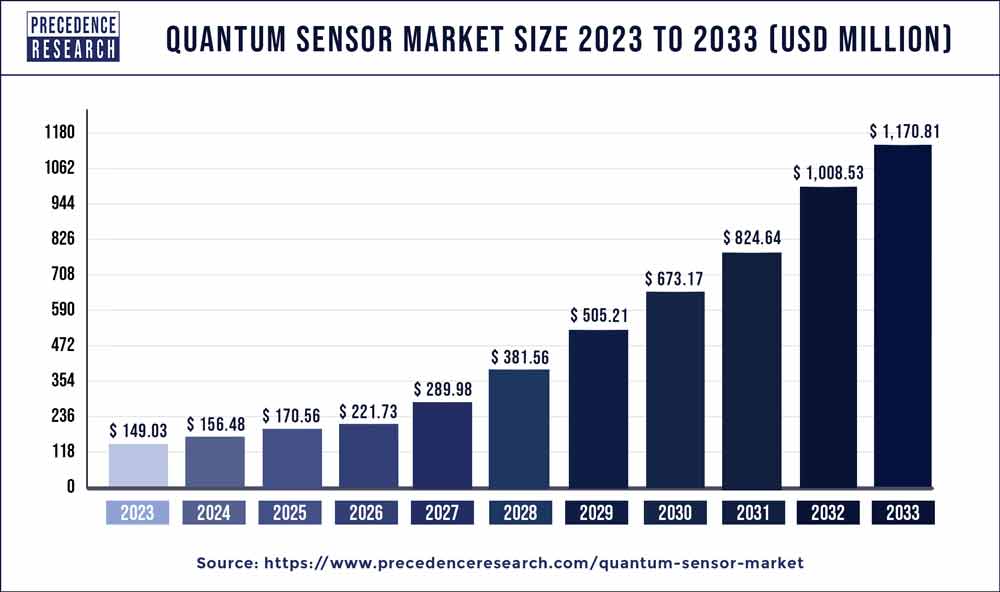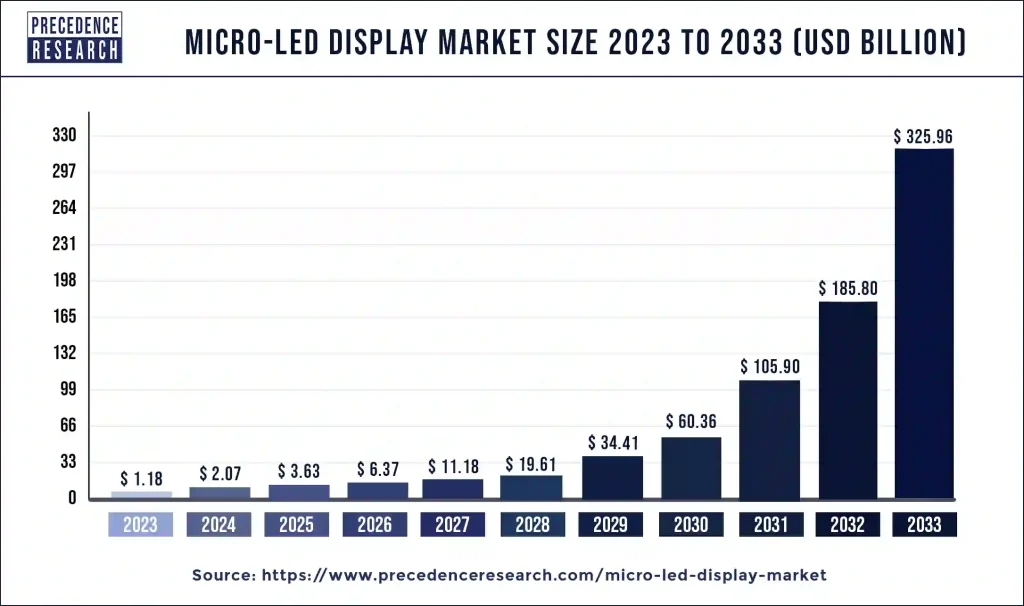The global Automated Material Handling Systems (AMHS) for semiconductor market is valued at $3.36 billion in 2025 and is expected to hit $6.20 billion by 2034, expanding at a CAGR of 7.04% from 2025 to 2034. Key factors fueling this growth include rising demand for ultra-clean, high-throughput wafer movement driven by the ramp-up of advanced semiconductor nodes and the semiconductor industry’s push for automation and digitalization.
![]()
AMHS for Semiconductor Market Quick Insights
-
The global AMHS for semiconductor market size is $3.36 billion in 2025, projected to reach $6.20 billion in 2034.
-
Asia Pacific dominates, holding about 50% revenue share in 2024 and projected at $1.68 billion in 2025 and $3.13 billion in 2034.
-
North America is the fastest-growing region, supported by government investments like the US CHIPS Act and GlobalFoundries expansion.
-
Robotic systems were the largest segment in 2024, with approximately 45% share.
-
Semiconductor fabrication (front-end) accounted for nearly 60% market share in 2024.
-
Wafer handling systems led with about 40% share in 2024.
-
Top players include TSMC, Samsung, Intel, Daifuku, Murata Machinery, SFA Engineering, SK Hynix, SMIC, and more.
Revenue and Segmentation Table
| Year | Global Market Value (USD Billion) | Asia Pacific Market Value (USD Billion) | CAGR (%) (Global) |
|---|---|---|---|
| 2024 | 3.14 | 1.57 | |
| 2025 | 3.36 | 1.68 | 7.04 |
| 2034 | 6.20 | 3.13 | 7.04 |
| Segment | 2024 Share (%) | Key Insight |
|---|---|---|
| Robotic Systems | 45 | Largest component, drives fab automation |
| Semiconductor Fab | 60 | Dominates end-use by handling complex flows |
| Wafer Handling Systems | 40 | Ultra-clean automation in processing |
| On-site Deployment | 70 | Preferred for data security & sync |
| Asia Pacific (Region) | 50 | Largest revenue by region |
How is AI Redefining Fab Automation?
AI integration is transforming AMHS by enabling smarter, adaptive routing for materials, real-time congestion management, and predictive maintenance. Advanced fabs are leveraging AI to optimize complex logistical flows and minimize both downtime and contamination, as manufacturing steps increase and tolerances tighten. AI-driven AMHS platforms are now vital in the shift toward fully automated, “lights-out” fabs—boosting production reliability and throughput beyond levels previously possible with human oversight alone.
AI also helps wafer makers:
-
Analyze real-time sensor data for anomaly detection.
-
Streamline tool-to-tool material transfers with minimal lag.
-
Orchestrate digital twins, optimizing efficiency and pre-emptively resolving bottlenecks.
What’s Driving Market Expansion?
-
Shrinking chip geometries (sub-5nm) and 3D stacking are speeding up fab automation adoption.
-
AI, 5G, and HPC demand are pushing chipmakers to expand advanced, tightly integrated AMHS.
-
Asia Pacific dominance is fueled by major investments from TSMC, Samsung, SK Hynix, and SMIC as well as regional industrial policies in China, Korea, and Taiwan.
-
Robot-equipped, fully automated AMHS are being deployed for 24/7, contamination-free production.
Are Automation and AI Integration the Key to Unlocking Next-Level Fab Competitiveness?
-
Will digital twins and cloud-integrated AMHS enable fabs to continuously optimize in real time?
-
Are smaller and mid-sized fabs able to keep pace given the high cost and complexity, or will this create new competitive barriers?
-
Can global rollouts of government incentives accelerate the democratization of fully automated fabs?
AMHS for Semiconductor Market Regional & Segmentation Overview
-
Asia Pacific: Leads the world, driven by government incentives and the concentration of foundry giants (e.g., TSMC, Samsung, SK Hynix, SMIC). China, Taiwan, South Korea, and Japan see aggressive AMHS rollouts.
-
North America: Fastest anticipated CAGR thanks to the CHIPS Act and corporate investments by GlobalFoundries, Intel, and Texas Instruments.
-
Europe: Innovation led by Germany; focus on supply chain resilience for automotive and 5G.
-
End Users: Front-end fabs dominate; backend packaging/assembly is poised for catch-up growth.
-
By System: Robotic and wafer handling systems enable efficiency jumps in both mature and new fabs.
AMHS for Semiconductor Market Top Companies & Breakthroughs
-
TSMC
-
Samsung Electronics
-
SK Hynix
-
SMIC
-
Intel
-
Daifuku Co. Ltd.
-
Murata Machinery
-
SFA Engineering
-
Texas Instruments
-
GlobalFoundries
-
ASE Group
-
Amkor Technology
-
JCET
Latest Advances:
-
TSMC: Newest AMHS systems in Southern Taiwan Science Park, driving their 2nm fab ramp.
-
GlobalFoundries: $1.5B US CHIPS Act award to expand automated lines.
-
Texas Instruments, Murata, Daifuku: Next-gen robotic systems, digital twins, and energy-efficient modular AMHS lines.
Challenges and Cost Pressures
-
High capital requirements and complex integration are inhibiting uptake by small and medium fabs.
-
Legacy systems can slow the pace of upgrades and complicate transitions to fully automated environments.
-
Ongoing need for specialist support and management of technology transition periods.
Real-World Case: The 2nm Initiative
TSMC’s new 2nm foundry in Taiwan (2024–2025 build) exemplifies how AI-powered AMHS is core to next-generation, high-mix, high-volume production. Digital twin-enabled, the new systems are expected to manage routing, stocker optimization, and flow balancing—unleashing full 24/7 automation in one of the world’s smartest fabs.

